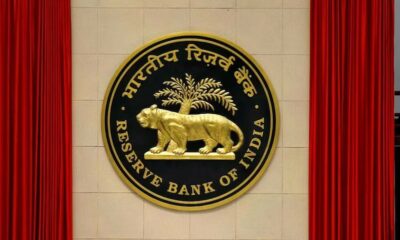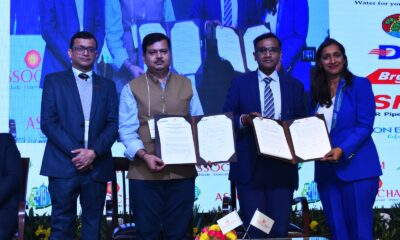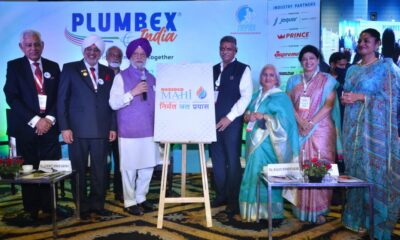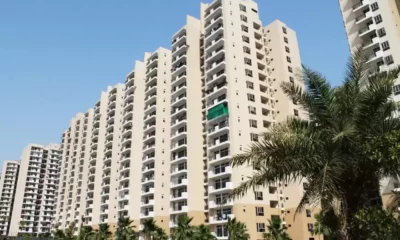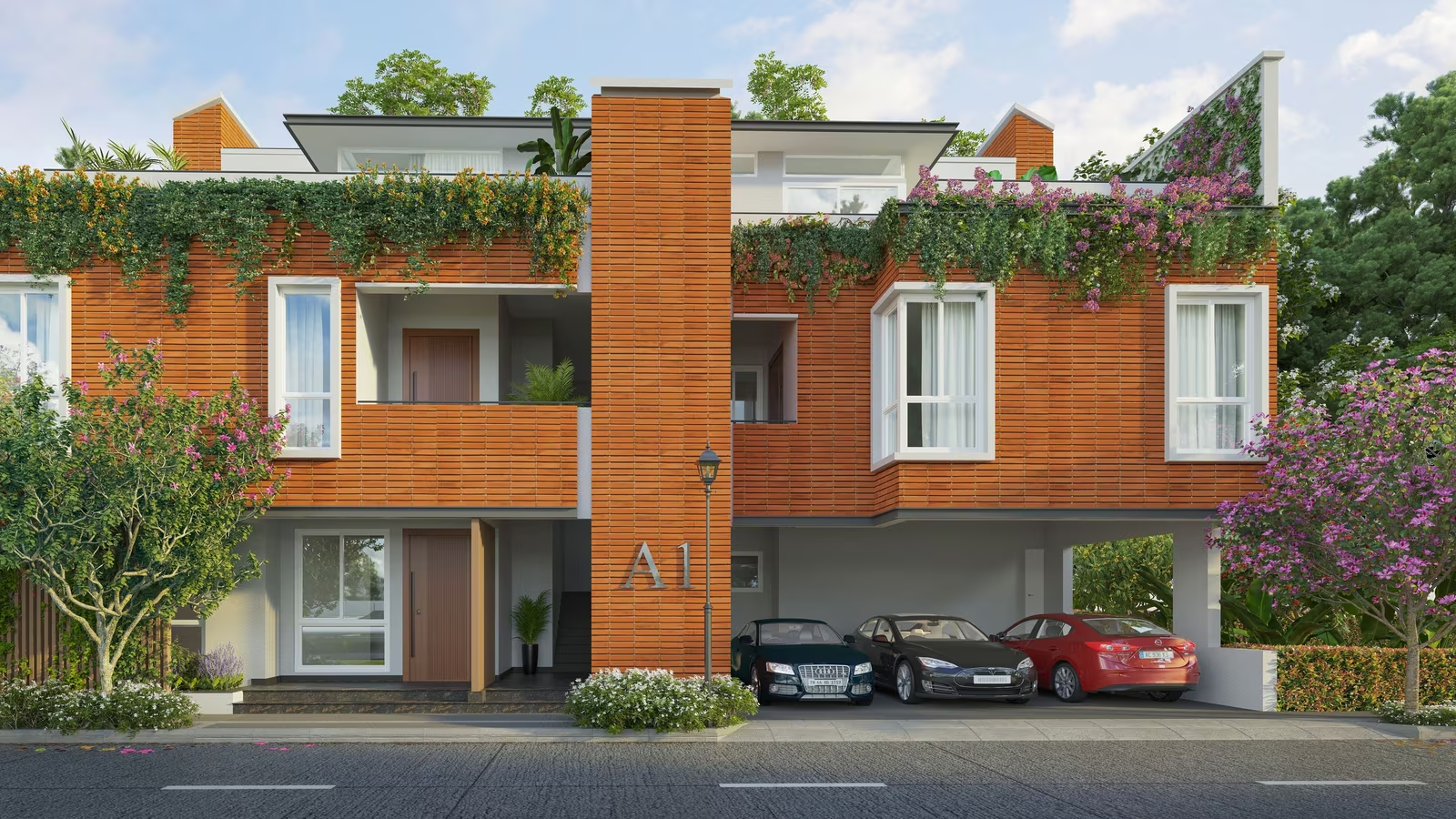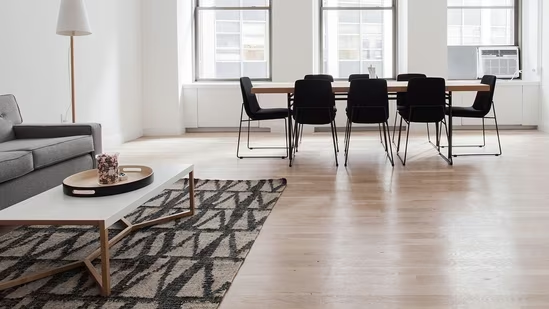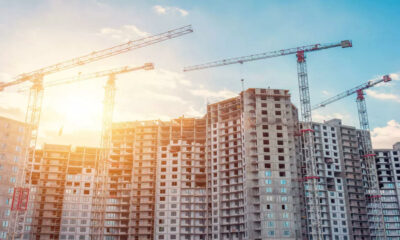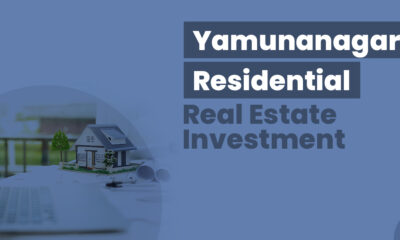News
JLL: Senior living in India – homes for the golden years
The following is the report by Manish Kumar, Managing Director – Strategic Consulting, JLL India
aIndia had approximately 100 million senior citizens aged 60 and above in 2012. This number is expected to double by 2030. By 2050, it is likely to reach approximately 320 million, constituting 20 per cent of the country’s total population. There are reasons behind this monumental projected growth.
India’s population has undergone a change in character or ‘demographic transition’. From higher mortality and fertility rates in the beginning of the decade, the country has now entered a stage where there is a fall in birth rate. However, the fall is not as steep as the fall in death rates, as average life expectancy and quality of life in India have improved dramatically in recent times.
More Senior Citizens Than Ever Before
Though India is still younger than the US and Japan, the process of ageing has begun in the country. India’s elders will increase both in absolute numbers and relative strength, indicating a gradual swing to a greyer population. The marked increase in percentage of India’s senior population expected in the foreseeable future will involve a change in an important sociological aspect – the ‘old age dependency’ ratio. Currently, the ratio is approximately 8-9 per cent; however, according to an estimate of United Nations, it will be closer to 20 per cent in India by 2050.
Rapid advances in medical science, proliferation and improvement in the quality of medical facilities and care and increasing access to medical insurance have much to do with it. Another factor driving India’s burgeoning elder population is growing awareness about matters such as proper diet, exercise and personal care. That is the good part, but there is a more worrisome aspect too.
As per the findings by National Family Health Survey in 2005-06 (NFHS-3), every three Indian household out of five – or about 63 per cent – are nuclear families. This changing social environment means that India’s younger generation is facing serious challenges when it comes to taking care of their elders.
Housing India’s Seniors
In the past, generic old-age homes – and all the real and perceived drawbacks they represented – were more or less the only answer. Today, the country is now witnessing the gradual evolution of a concept that is already well-entrenched in the developed countries – senior living homes, sometimes called retirement resorts.
Currently there are approximately 30–35 senior living projects in the country. Unfortunately, this represents a major shortfall – they accommodate only 0.0001 per cent of the target segment (India’s senior citizens) as compared to 10 per cent in the US and approximately 4 per cent in Australia. India currently contributes less than 1 per cent of the Global Senior Living industry, highlighting the huge demand and supply gap of the sector – and its implied growth potential.
This begs the question – if the demand for senior living projects is so high in India, why is the sector’s growth so slow? Actually, the senior living concept took hold in the country in the early 2000, but the sector started gaining any kind of serious momentum only after 2010. Also, growth in this sector has been happening in pockets rather than holistically.
Stilted Geographic Distribution
Most of the country’s senior living projects have cropped up in the Western and Southern regions. This is because these regions have:
- A greater prevalence of nuclear families
- Higher literacy levels
- A more pronounced yen among young professionals to migrate to other countries
- Higher purchasing power, resulting in reduced dependency of seniors on family members.
It is only after witnessing the high acceptance rate of senior living projects in West and South India that developers began training their sights on the northern and eastern regions of India, predominantly targeting tier 2 and tier 3 cities.
Senior Living – The Costs Involved
Unlike in other parts of the world, senior living is still a new concept in India, and therefore not part of social infrastructure sector. This means that this sector is predominantly led by private developer at present. Many developers and operators find venturing into this sector profitable and are developing various senior living projects and marketing them on different financial models as per the local demands, the financial viability of these projects, and sale plans.
Broadly, three financial models to acquire or reside in senior living projects are available in India. These are:
- The outright purchase model
- The pure rent model, and
- The upfront deposit with periodic rent model
All three models have their advantages and drawbacks for both the residents and developers.
Outright Sale Model
The outright sale model involves the transfer of title of the property in name of the end user. It works like a typical residential real estate purchase, where the developer sells his residential stock while construction is still in progress.
Advantages: The developer is obviously able to make higher and quicker returns using this model, and it appeals most to customers as well. This is because actually owning the property means that it can thereafter be used for mortgage or collateral purpose, which makes it easier for buyers to raise bank loans or other forms of financing from the property.
Disadvantages: When a developer sells a senior living property, it becomes difficult for him to differentiate between an end user and a speculative buyer. Also, it can lead to a lack of control of the developer or senior housing operator, which may have a bearing on the quality and ease of day-to-day operations of the project. Seamless operations are a critically important aspect of a good senior living project, so most developers and operators of senior living projects seek to have executive control on their usage. This is difficult to achieve with the outright sale model.
Some of the senior living projects operating on an outright sale model in India are:
- Ashiana Utsav, Lavasa (Pune)
- Serene Covai Properties, Coimbatore, Pondicherry, Chennai, Mysore and Hyderabad
- Golden Nest, Pune
Pure Rent Model
Under the pure rent model, residents pay a monthly rent along with a nominal deposit over their period of stay. This model is suitable for developer and operators from the point of retraining control on the usage of the properties; however, with no upfront deposit or sale revenues, it is difficult to manage profitability in this model.
Advantages: This model ensures that the customers (senior citizens) subscribing to the project are most likely to actually occupy their unit. It also allows the developer or operator to determine the scale of day-to-day operations required in the project. Customers benefit from this model since their entry cost into the project is much lower, thereby reducing their financial burden. Further, maintaining the essence of the project becomes easier, since the end users occupying the project would be of a pre-determined similar age group, having similar preferences and requirements.
Disadvantages: The pure rent model exposes the developer / operator to higher level of financial risk because of low and deferred returns. Further, there is an increased tendency among the end users to switch projects. For the customer, the drawbacks of this model include lack of participation in capital appreciation associated with the project.
Some of the senior living projects operating on a pure rent model in India are:
- Rakindo Senior Living, Coimbatore
- Dignity Lifestyle, Neral
Upfront Deposit and Lease Model
The upfront deposit and lease model is a fusion of above two models under which a percentage of capital value of the project is charged up front, while the rest of the amount is paid in the form of monthly rentals over the period of stay.
Advantages: This model allows flexibility of payments for entry cost into the project. The customer can pay an upfront fee followed by regular lease rentals. End users tend to prefer this model because it reduces their initial upfront costs. The developer benefits because he can retain his ownership and control in the project.
Disadvantages: For developer, the payback period and returns in this model are generally lower vis-à-vis the outright sale model. For customers, the drawback of this model is that they need to pay a substantial upfront deposit (though the amount is lower than in the case of the outright sale model) while they have very little or no participation in the capital appreciation associated with the project. Further, the option of switching projects in case of mediocre or unsatisfactory services and facilities can become a challenge for end users – especially in the case of lack of defined rules for refund of deposit / upfront payment.
Some of the senior living projects operating on a lease / deposit model in India are:
- Brindavan Hill View, Coimbatore – Deposit Model
- Dignity Lifestyle, Neral – Lease and Deposit Model
- Impact Senior Living, Amritsar – Deposit and Sale Model
What The Future Holds
Indian families are getting smaller and increasingly tending towards the nuclear configuration. Simultaneously, more and more of India’s younger generation are travelling across the globe. Given the paucity of senior-friendly social security programs in the country, upwardly mobile Indians are increasingly seeing senior living as an attractive option for their elders.
In this scenario, the senior living industry in India will see significant growth in the future. This industry will see the entry of new players from various backgrounds, predominantly from the real estate and healthcare sector. However, since the sector is still at its nascent stage in India, it will also undergo various changes from where it currently is before it matures fully into a new cornerstone for Indian real estate and healthcare industries.
-



 News4 weeks ago
News4 weeks agoKW Delhi 6 Mall Onboards New Brands
-



 News4 weeks ago
News4 weeks agoManasum Senior Living Launches IKIGAI GOA, A Senior Living Community in North Goa, in collaboration with Prescon Homes
-



 News4 weeks ago
News4 weeks agoBridging India Divide: Top 5 Tier- 2 Cities to Focus On
-



 News4 weeks ago
News4 weeks agoCommercial Realty Gets Tech Savvy: Fast Construction, Enhanced Convenience
-



 News3 weeks ago
News3 weeks agoGodrej Properties Sells Rs 3k cr+ Homes of Godrej Zenith, Gurugram, within 3 days
-



 News4 weeks ago
News4 weeks agoMultipoint Connection – A Definite Boon
-



 News3 weeks ago
News3 weeks agoRBI’s Status Quo on Key Policy Rates to Help Maintain the Real Estate Growth Momentum, Say Industry Stalwarts
-



 News1 week ago
News1 week agoOlive Announces Dhruv Kalro as Co-Founder







